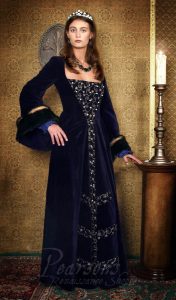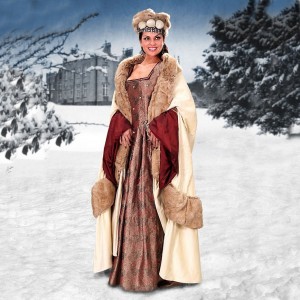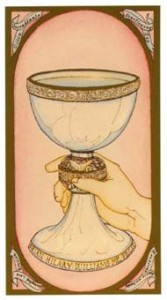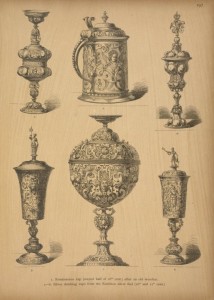Get the Perfect LARP Costume!
 Have you ever participated, or are you planning on joining a LARP? Do you know what a LARP is? LARP stands for Live Action Role Playing.
Have you ever participated, or are you planning on joining a LARP? Do you know what a LARP is? LARP stands for Live Action Role Playing.
LARPing can be a very entertaining hobby. Typically, a group of players, which can range in number from ten to a hundred, gather together at a campsite. Once there, they all develop a character. They come up with the character’s name, interests, jobs, etc. Then the group will role play being those characters and will interact with one another.
There are often times a number of people who actually run the game and progress the story. They do this by presenting challenges, playing character important to the world of the story, and by playing monsters or villains. Most LARPs actually involve live combat through the use of latex weaponry.
Once the weekend event starts, the players are in the world of the game constantly. You live, eat, and sleep as your character. That means that even when you are sleeping, you can be attacked. It is this completely immersive nature that keeps LARPers coming back for more.
One of the key elements for your character is your costume. You’re going to be in this costume for an entire weekend, do you definitely want to look for something that is comfortable. You’re also going to want a costume that looks impressive, to help maintain the atmosphere of the game world.
If you are in need of a handmade, high quality, durable, and authentic fantasy costume, then you should look no further than PearsonsRenaissanceShoppe.com. We have a vast selection of costumes for a variety of characters for both men and women. All of our outfits are handmade, comfortable, and sure to last. So make sure to browse through our selection, so you can find the costume that makes you stand out amongst the rest.
Which LARPs do you attend? Tell us about your favorite LARPs, LARP stories, or about your character by leaving a comment!
 If you are visiting
If you are visiting 
 Pearson’sRenaissanceShoppe.com
Pearson’sRenaissanceShoppe.com




